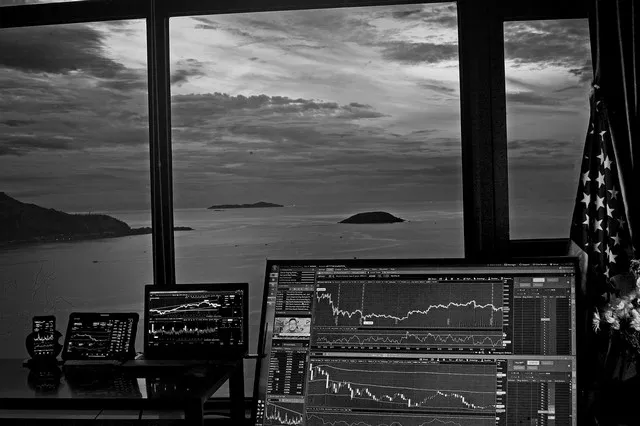Futures trading involves the buying and selling of contracts that represent an agreement to buy or sell an underlying asset at a predetermined price and date in the future. One key aspect of futures trading is understanding how futures contracts are quoted. In this article, we will delve into the details of how futures are quoted, including the terminology and conventions used in the process.
Contract Specifications
Futures contracts have specific contract specifications that outline the details of the contract. This includes the underlying asset, contract size, expiration date, tick size, and tick value. Understanding these specifications is crucial for quoting and trading futures contracts effectively.
Price Quotes
Futures contracts are quoted using a standardized format that includes the contract month and year, followed by the price. For example, a quote for a crude oil futures contract expiring in December 2022 may be represented as “CLZ22” with a corresponding price.
Bid and Ask Prices
Futures contracts have bid and ask prices, which represent the highest price buyers are willing to pay (bid) and the lowest price sellers are willing to accept (ask). The difference between the bid and ask prices is known as the spread. Traders can enter orders at either the bid or ask price, depending on their desired transaction.
Tick Size and Tick Value
Futures contracts have a minimum price increment known as the tick size. Each tick represents the smallest price movement for the contract. The tick value represents the monetary value of each tick movement. Understanding the tick size and tick value is important for calculating profit and loss in futures trading.
Contract Multiplier
The contract multiplier, also known as the contract size, determines the quantity of the underlying asset represented by a single futures contract. For example, a crude oil futures contract may have a multiplier of 1,000 barrels. Traders need to consider the contract multiplier when calculating the total value and potential profits or losses of their positions.
Quotation Convention
Futures contracts are quoted in different formats based on the exchange and market convention. Some contracts may be quoted in decimal form, while others use a fraction or a specific pricing convention. It’s essential to understand the quotation convention used for a particular futures contract to interpret the price quotes accurately.
Electronic Platforms
With the advent of electronic trading, most futures contracts are now traded on electronic platforms. These platforms provide real-time price quotes, order placement facilities, and access to market depth. Traders can monitor and trade futures contracts efficiently using electronic trading platforms.
Global Exchange Variations
Different futures exchanges around the world may have variations in how futures contracts are quoted. Traders should be aware of these variations when trading futures on international exchanges and familiarize themselves with the specific quoting conventions used in those markets.
Real-Time Data and Analysis:
To effectively trade futures contracts, traders rely on real-time market data and analysis tools.
This includes accessing live price quotes, charts, technical indicators, and market depth information. Utilizing robust trading platforms and data providers helps traders make informed decisions based on accurate and timely information.
Conclusion
Understanding how futures contracts are quoted is essential for successful futures trading. By grasping the contract specifications, price quotes, tick size, tick value, and other related factors, traders can interpret market information effectively, place orders efficiently, and manage their risk and profitability. Staying updated with real-time data and utilizing advanced trading platforms empowers traders to make informed decisions in the dynamic and fast-paced futures market.


